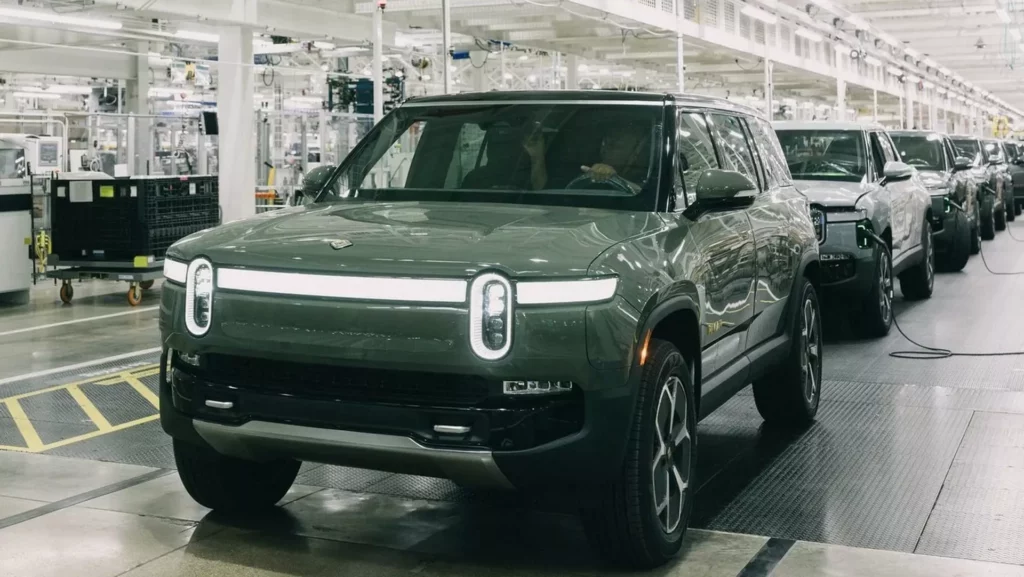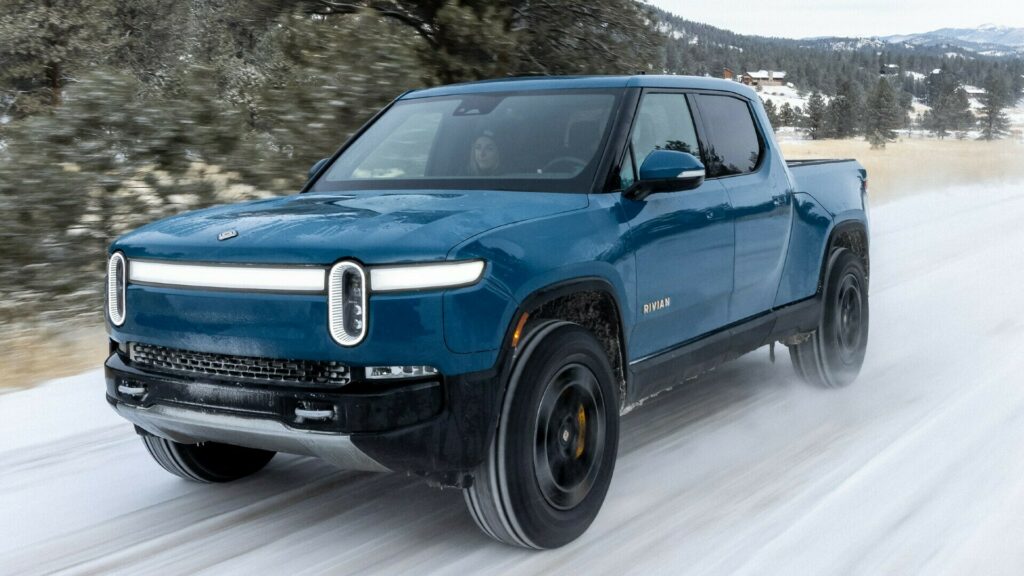- Rivian says that it’s reduced some material costs by up to 35 percent.
- It’s also improved efficiency by reducing the number of parts it needs for each vehicle.
- While it expects Q2 results to be “messy” it’s hoping to post a positive gross vehicle margin.
Rivian shut down its production facility in Normal, Illinois during much of April. That move is part of why it predicts that it’ll make roughly the same amount of cars this year (57,000), as it did in 2023. Now that the shutdown is over, CEO RJ Scaringe is opening up about the benefits.
The brand said back in March that the shutdown would enable Rivian to increase efficiency. It did so in part by retooling its production facility which affects several product lines. Scaringe says it’s been even more beneficial than initially reported.
More: 2025 Rivian R1S And R1T Combine Tired Looks With New Tech And More Power
In March, Rivian thought these moves would improve efficiency by 30 percent. “We did a similar process of really going through and redesigning a number of components for cost, so we took over 35% of the material cost out of the vans,” Scaringe told Reuters. Evidently, the other lines have seen similar improvements. The team has looked at everything from battery production to wiring.
Rivian has streamlined its manufacturing process by eliminating 100 steps from battery production, removing 52 pieces of equipment from the body shop, and cutting over 500 parts from the designs of the R1T and R1S. These significant improvements not only enhance efficiency but also reduce the likelihood of part failures post-delivery.

On the company side, these changes are expected to pave the way for Rivian’s first profitable quarter, albeit not immediately. Scaringe clarified that only a small percentage of these more cost-effective vehicles will be delivered in Q2, so the significant benefits won’t be fully realized until Q3.
Since its inception, the electric startup hasn’t yet turned a profit, but it’s been steadily narrowing its losses. In Q1 of 2023, Rivian lost $67,329 per vehicle sold. This number dropped significantly to $38,784 per vehicle in Q2.
Based on Scaringe’s comments, the results from Q2 might not look great, but by the end of the year, Rivian might just be able to come out with a profit. That would be a big win not just for the automaker, but also a promising sign for fledgling EV automakers in the industry.





